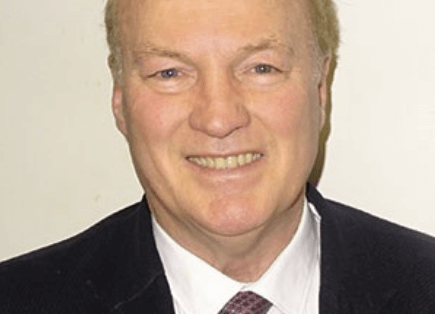We are meant to be suffering from a doctor shortage in Australia. This supposed shortage means there are not enough medical professionals to meet the health needs of the nation.
There is some irony to this ‘fact’ because, in reality, there are thousands of doctors in Australia who are struggling to find work.
This hidden, underused workforce is made up of IMGs residing here, who are fully equipped with permanent residency visas or full citizenship.
These doctors and their families have struggled with immigrating to this country. And they have also battled their way through the difficult preparation required to pass expensive (and tough) Australian Medical Council examinations, as well as the stringent English language tests.
However, despite these overseas doctors being permanent residents and having made a commitment to Australia, they are finding it increasingly difficult to secure meaningful employment year after year.
This situation grows further complicated as months and years tick by, and the time since they last practiced starts to grow.
If an IMG has a gap in their working experience of two years or more, this generally increases their difficulty in obtaining AHPRA registration.
They have to document bridging courses, observerships, workshops and the other experience that might help to alleviate the effects of the service gap.
When IMGs with permanent residency apply for jobs in the hospital system or general practice, they are often told there are too many Australian-trained graduates.
At the same time, various recruiting agencies continue to overlook these doctors, preferring to focus their time and attention on overseas-trained doctors from countries such as the UK.
In addition, there is competition from IMGs who can pass the AMC written examination (multiple-choice questions) and fulfil their English requirement offshore, and are then free to apply for medical positions in Australia without any knowledge of the Australian health system.
These non-permanent IMGs can obtain an after-hours “general practitioner” position without meeting the required years of experience and without having to practise within rural communities.
And IMGs who are permanent residents or citizens are also subject to section 19AB of the Health Insurance Act 1973, the legislation that restricts IMGs from providing medical services that attract Medicare rebates unless they opt to work in a District of Workforce Shortage.
The question is this: why do such onerous employment restrictions apply to permanent residency holders and citizens?
In my experience, Australia often becomes a graveyard for IMGs who have made a commitment to live in Australia.
I believe the restrictions on permanent resident IMGs should be abolished, so there is equal employment opportunity for all.
These doctors have no unions and often feel they have limited opportunities when they want to voice their protests.
The system needs to acknowledge their inner cry for a fairer pathway to enter the Australian medical workforce on an equal footing.
I believe the current obstacles placed before them in getting a job has a dramatic effect on the morale of these people.
It affects their confidence, pride and ability to provide a valuable contribution to the Australian society and, at the very least, to their families.
Mr Roberts is director of Alan Roberts International Medical Graduates Support and Advisory Services, a company that supports IMG doctors to gain registration in Australia. He has been providing bridging courses for IMGs for 30 years.




Leave A Comment
You must be logged in to post a comment.